Four Strong Winds
Lanson, Bruno Paillard, Drappier & Jacquart
by Rob Griffin

by Rob Griffin
For many years Wine Warehouse enjoyed a prosperous relationship with a single major Champagne house, whose name I won’t mention out of respect for the innocent. We were faithful to this house for decades and made it our only Champagne brand despite constant entreaties from other notable producers.
One otherwise fine spring day we got a call unexpectedly letting us know that our longtime partner was moving out – right away! No shot across the bow, no smoke signals, no indication prior, just a Monday morning phone call to say, “au revoir.”
Such a business!
But this ending is actually the beginning of the story because from that day forward we charted a new course – changed the script entirely. Reacting with utmost alacrity (we had to move fast to get back in the Champagne business by the holidays), we began a search for not just a replacement for what we had lost, but to find a new path. With the support of everyone around here, we decided to expand our horizon and try to put together a small but cool range of Champagnes. Settling for just one new spouse was not going to cut it.
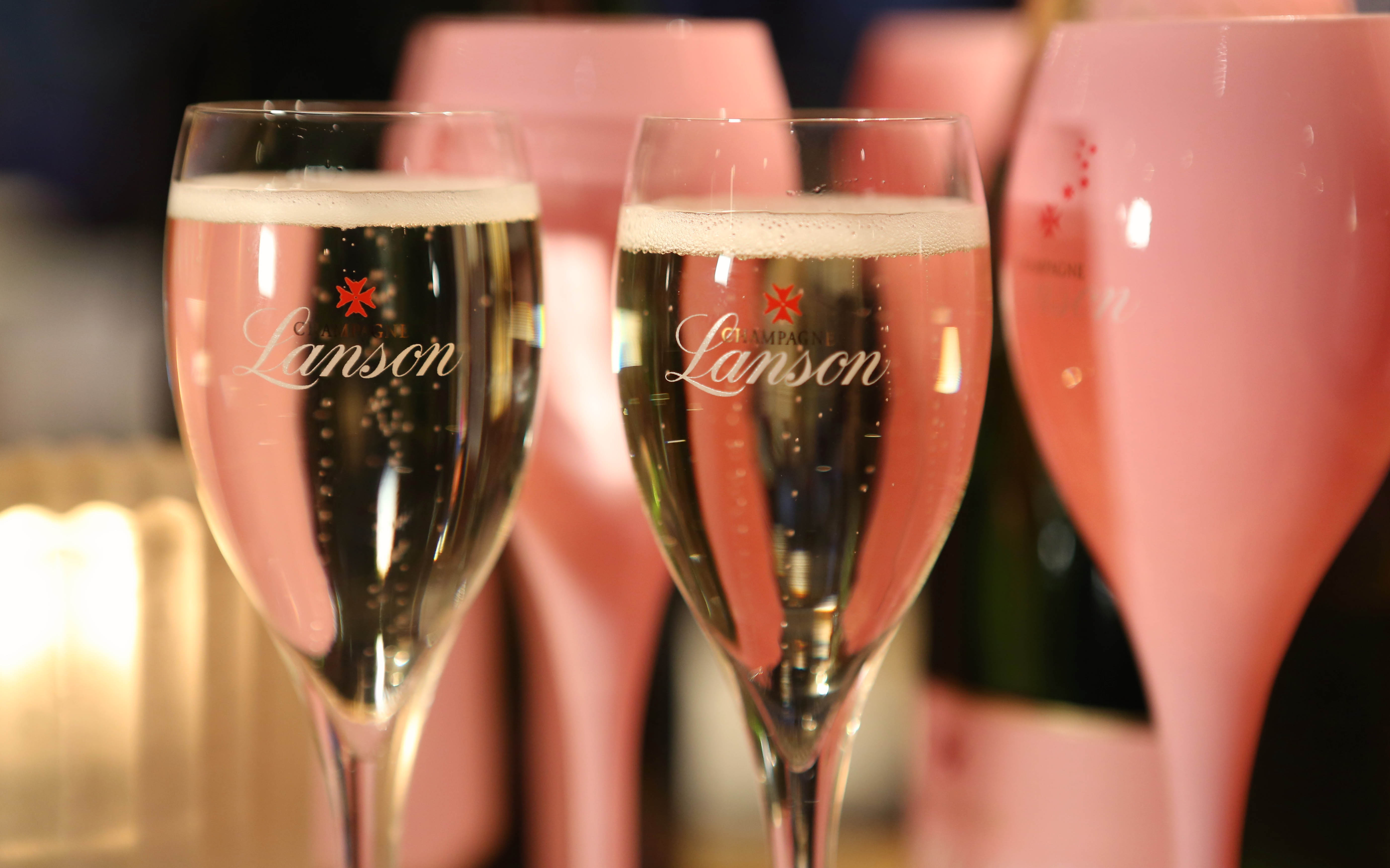
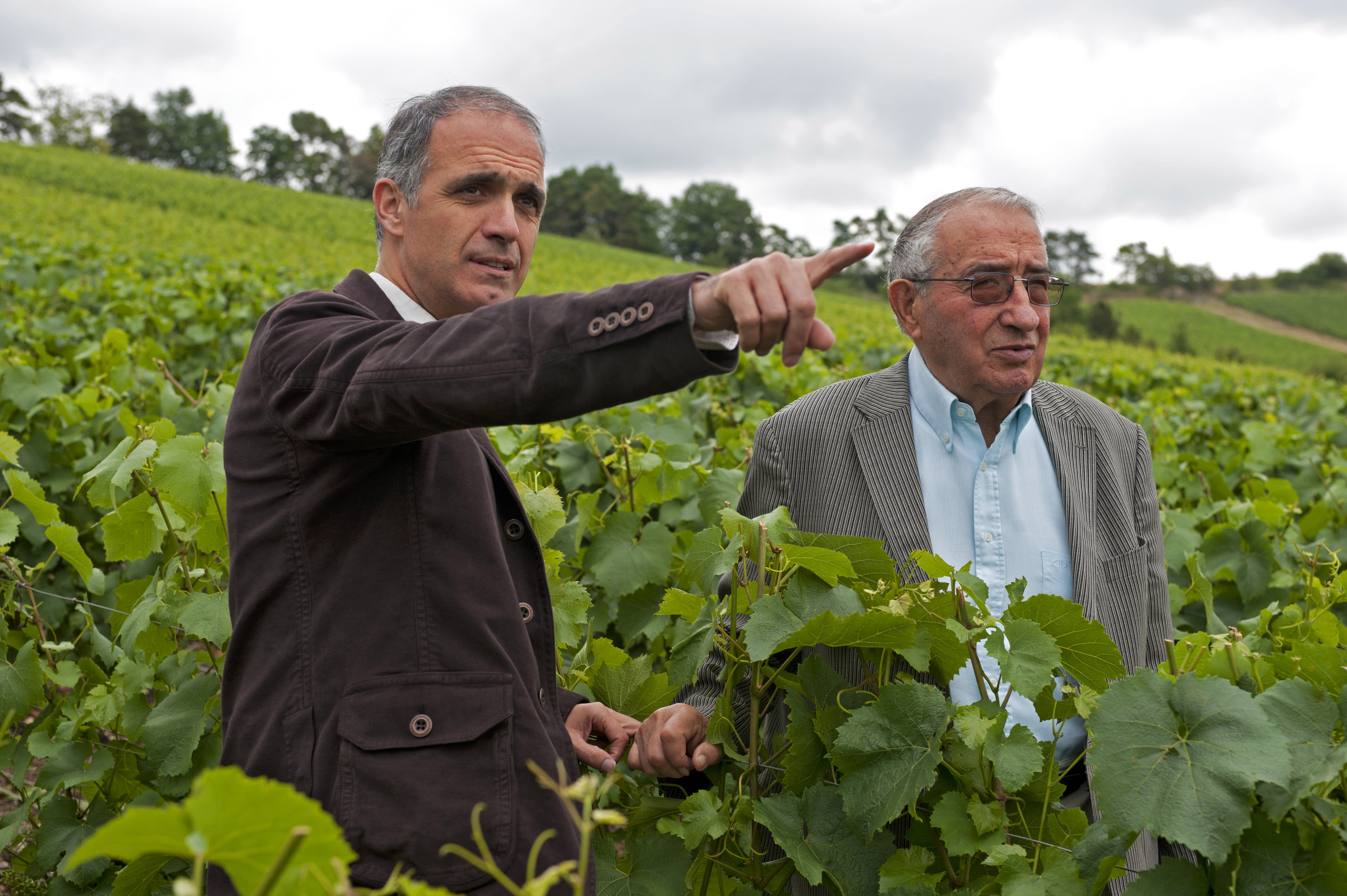
We started with the recognition that Champagne, the world’s largest single appellation (75,000 planted acres), could not be fairly represented with one or even two top houses. To truly offer choice to our customers we had to find a complimentary but nimble collection of three or four estates, each representative of one of the major terroirs of the appellation. We factored in house styles to avoid unnecessary replication and set off on the quest.
Champagne was born in the old villages of Montaigne de Reims so that became our starting point. We drove from the rolling hills of Montaigne in the far north to the Kimmeridgian fields of Aube in the distant south. We looked right, left, up, down and all around. We chased leads, rode with agents and sought out people we were interested in meeting. Before long we were ready to say, “Eureka” for the first time. Shortly afterward we said it again and then a third time. We said it one more time before we got to where we felt we needed to be.

To our good fortune just as we were commencing our quest, we heard that Lanson, the 4th oldest house in the Champagne appellation was wondering if they should separate from their current wholesaler. We thought they should and told them so. One thing quickly led to another and soon ownership delivered a done deal! Wine Warehouse not only was back in the Champagne business big time but we were working with an epic house, noteworthy for being among the few remaining to completely eschew malolactic fermentation in favor of the authentic Champagne formula, one that had no role for m.l.
Today Lanson is able to provide almost 50% of their own grape needs from 126 hectares of estate-owned vineyards, 60% of which are in Premier and Grand Cru villages. This is one of the main reasons for Lanson’s exceptional purity of flavor and generous palate intensity that only one or two other houses consistently achieve. A rich portion of 30% reserve wines enhances this quality.
Then there’s the real interesting part. When 98% of the houses in Champagne converted to malolactic fermentation in the 1970s and thus shortened the path between harvest and market from five to three years (or in the case of Veuve Clicquot down to the minimum requirement of 15 months) only three houses resisted, Lanson, Salon and Krug. This trio chose to remain faithful to the authentic Champagne recipe. All three continue to do so and it’s not a surprise that all three are well known for making fresh and fruity wines with terrific aging potential.
Montaigne de Reims Pinot Noir is home base for Lanson Champagnes.
Like Montaigne’s vineyards, Lanson’s cuvées are driven by Pinot Noir. Chardonnay and Pinot Meunier follow in diminished proportions. Lanson’s winemaker, the astute and charming Hervé Dantan is a man with over 30 Champagne harvests under his belt. He knows very well how to incorporate more than 100 separate base wines or “runs” from different terroirs into one complimentary final blend that he ages under the crown cap for up to five years before disgorgement.
Lanson Champagnes are like fine tapestries woven from fine gold that you might see hanging on the walls of a 250-year old estate. When you’re drinking Lanson you’re drinking that much history and fidelity to style over time. Unlike most other Champagnes, Lanson has created a unique identity based on their singular house style. Think of buying a car. There’s a crowd of cars on the market but only a handful of exceptional driving experiences. It’s the same with Champagne and Lanson. There’s a lot of brands but very few with the pedigree and distinctiveness of Lanson. Among those few alternatives, one small house stands out.

Lanson Black Label
“This creamy Champagne is bright and citrusy, offering an expressive and well-meshed mix of ripe blackberry, pastry dough and pickled ginger flavors. Racy finish.” 91pts Wine Spectator; 90pts Wine Enthusiast, Editor’s Choice

Lanson Rosé
“A racy streak of tangy mineral underscores the flavors of pink grapefruit granita and slivered almond in this vibrant version, with hints of toast and orchard blossom. Well-knit and elegant, with a lasting, spiced finish. “ 92pts Wine Spectator; 91pts James Suckling; 91pts Wine Enthusiast

Lanson White Label
“Pale gold. Spicy pear, melon and white peach scents and flavors are lifted by a note of tangerine. Emphatically fruity, showing good depth and energy for its sweetness. Closes smooth and long, with a touch of ginger adding bite.” 90pts Vinous
Champagne impresario Bruno Paillard should buy a lottery ticket every week.
He reads the tea leaves that well. Maybe it’s because of his bloodlines. Bruno hails from a family of successful Champagne brokers. These are the cagey folks that connect the producers in Champagne who grow very little fruit of their own (Lanson being an exception) with the growers, most of whom make little or no wine of their own. The most important brokers, like the Paillards tend to concentrate on select Grand Cru villages, a strategy that ensures they remain very well-connected throughout the appellation.
Right around the time of the Champagne boom of the late 1970s and early 1980s when demand was at a high point, 27-year old Bruno Paillard launched the first new Champagne house in over 100 years. He had no money and possessed no holdings but he did have a vintage Jaguar that he sold for startup cash. Of even more importance, Bruno possessed a take no prisoners determination to succeed.
But to pull it off, Bruno had to do two things. He had to acquire vineyards to guarantee reliable sourcing and to be noticed, he had to create a new style of Champagne, ironically in one of the world’s oldest, most conservative wine regions. To accomplish the first part he had to secure financing that he was able to obtain based on his family’s connections. To achieve a new style he had to tinker. This meant Bruno literally had to shut himself up in a workshop so he could deconstruct the conventional Champagne process before starting over with new variables.
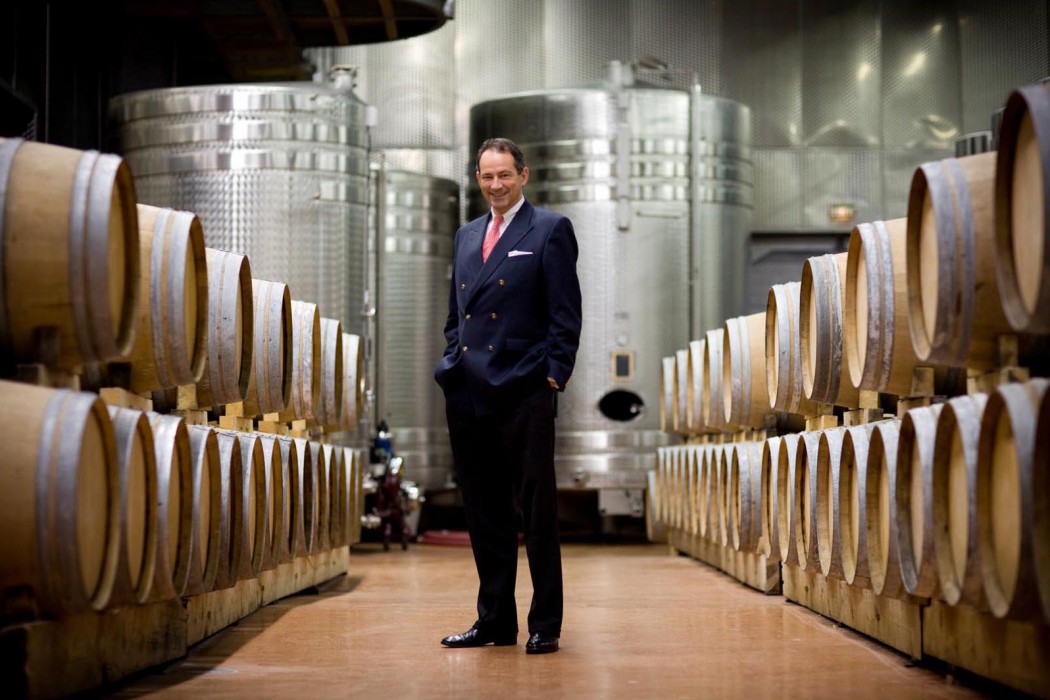
Long story short, a tweak here and there and before long Bruno Paillard had come up with something truly new. A little less yeast to kick start the second fermentation resulted in a slower pace of autolysis (the magic that happens as Champagne ages under the crown cap) over a longer period of time capped off by a low six grams per liter dosage. This new formula is why Bruno Paillard cuvées do not taste like other Champagnes. No other house matches Paillard’s unique layered flavor composition. His process works especially well with Rosé, a fact that has catapulted Bruno Paillard to the top of the pyramid of Rosé Champagne producers, despite his house’s diminutive size.
Always one of the little guys, Champagne Paillard produces less than 500,000 bottles annually. By comparison, most of the other “name” houses produce in excess of five million bottles, a few as many as 20 million bottles a year. Significantly, although Bruno Paillard has maintained his modest production, his personal land holdings have increased steadily to the point where he is able now to cover almost half of his grape needs. Not surprisingly more than 50% of Paillard’s holdings are Grand Cru sites. Bruno Paillard is one of a kind and his Champagnes follow suit.

BRUNO PAILLARD BRUT PREMIERE CUVÉE
“Firm and focused, this lively Champagne is finely knit and elegant overall, offering flavors of Gala apple, pickled ginger, blackberry and toasted almond, with a hint of fleur de sel on the finish.” 91pts Wine Spectator

BRUNO PAILLARD BRUT ROSE PREMIERE CUVÉE
“Very complex with orange-peel and apricot character and spiced dried strawberries. Medium body, bright acidity and a long and flavorful finish. Shows drive and intensity. Very nice texture.” 93pts James Suckling

BRUNO PAILLARD BRUT NPU (NEC PLUS ULTRA) 2003
“This wine’s aromas [include] Turkish honey, pistachio, almonds, and torrone. Pure, fresh and mineral on the palate, this 2003 has lots of energy and finesse, is full of tension and develops a very persistent length.” 96pts Wine Advocate
Our third Eureka moment swiftly followed the second. Unexpectedly, but with great delight, we were introduced to the house of Jacquart.
One taste sold us. Jacquart Champagnes taste nothing like Lanson or Bruno Paillard, mostly because they are primarily made from Chardonnay grapes grown in the warmer chalky soils of the Côte des Blancs, rather than the cooler, forested plateaus of Montaigne where Pinot Noir thrives. Then there’s the Jacquart story, testament to the notion that some fairy tales really do come true.
Let’s get back again to the boom times of the late ‘70s and early ‘80s. That’s when a small band of 30 families came together to combine their resources, mostly a few scattered Chardonnay vineyards in the Côtes des Blancs. Looking to escape the tyranny of the “set in stone” price constraints imposed on growers by producers, these hearty folks also recognized that demand was starting to challenge supply in Champagne and as it did the balance of power was shifting from the houses to the growers. This perfect storm spelled opportunity for the thirty smart founding families whose business has grown every year since to the point where they now are an alliance of over 700 families that control 7% of the total vineyard surface in Champagne.
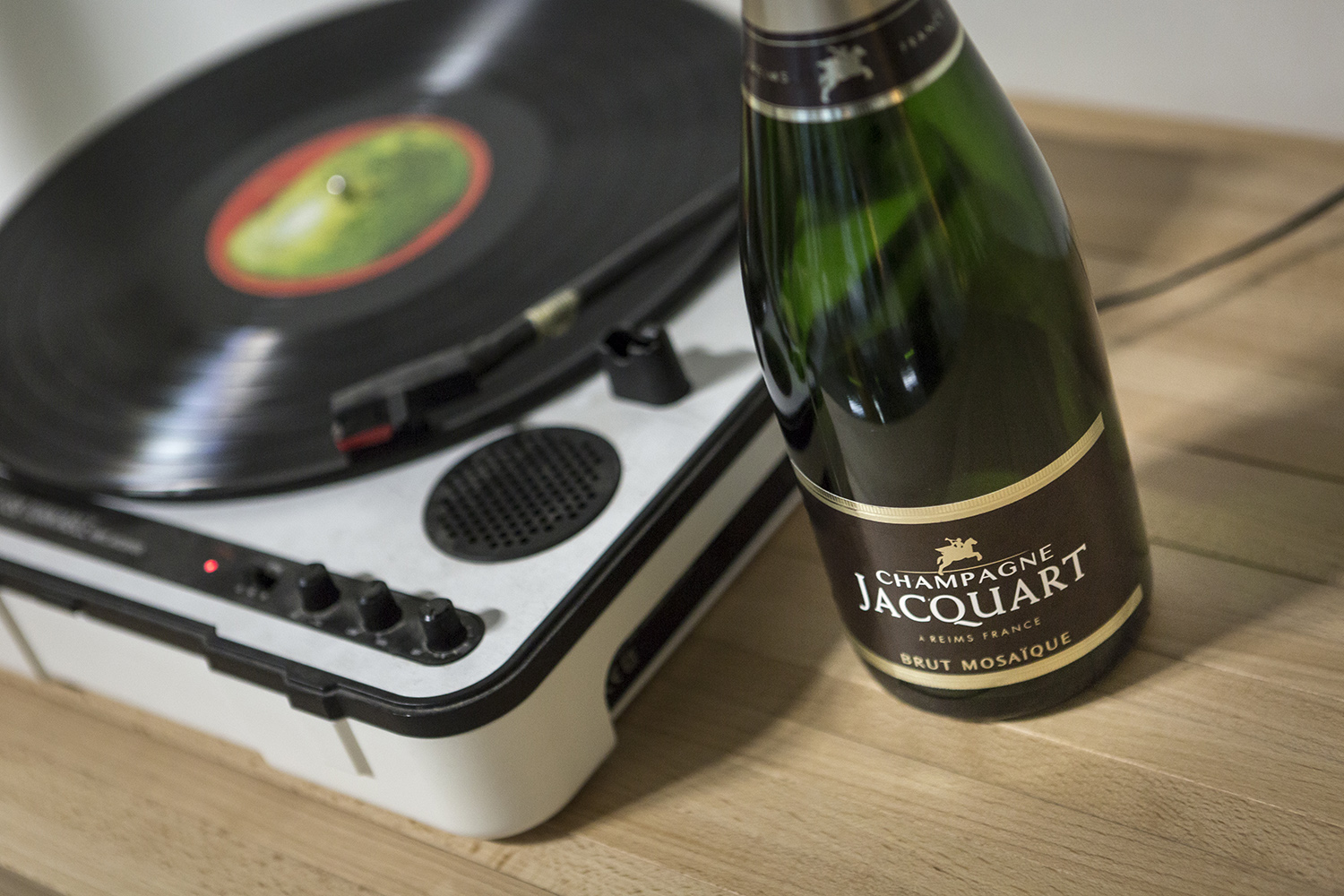
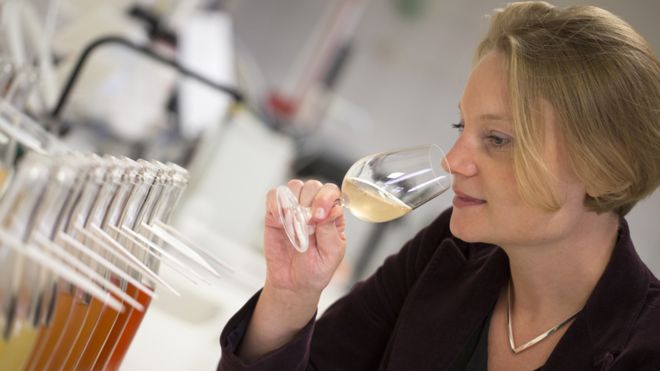
Looking back, Jacquart deserves credit for being the first “grower brand” in Champagne and for opening the door to what has become a true phenomenon, “Grower Champagnes.” Give props as well to Kermit Lynch for importing the first (and second) true “Grower Champagne” into the states (J. Lassalle followed by Paul Bara) and certainly to Terry Theise for amplifying the volume, but don’t forget the whole idea started with Jacquart whose talented winemaker Floriane Eznack deserves props of her own. She’s the only female head winemaker in Champagne these days and a former jet fighter pilot to boot.
Floriane Eznack oversees an extensive range of mostly Chardonnay-based Champagnes that are intentionally crafted to be versatile and easy drinking wines suitable for any occasion from casual brunches to formal receptions. Brimming with friendly flavors and finished with a slightly softer palate (due to a wee higher 9-10% dosage) these are crowd-pleasing, generous wines made impeccably well by a super talented winemaker.
Did I mention value? Jacquart is hard to beat – they control 100% of their own needs (unheard of in this town), they own three modern wineries in three separate terroirs, and they make Champagne from most folk’s favorite white wine, Chardonnay. Their closest competitor price-wise produces 17-million bottles annually in a fully automated factory with over 200 fermenters in constant motion processing fruit sourced from 85 co-ops (the cuts they don’t want to keep mostly) and almost 5,000 growers spread over a disparate area of secondary sites. Blech!

JACQUART BRUT Mosaïque
“Bright and lithe, with a finely detailed mousse and a fresh range of poached apple, white peach, candied lemon zest and ginger flavors. A lively aperitif.” 90pts Wine Spectator

JACQUART BRUT ROSÉ
“Firm acidity frames this well-knit rosé, which offers a creamy texture and a minerally base note. Hints of black raspberry and strawberry mix with flavors of blanched almond and biscuit.” 90pts Wine Spectator

JACQUART BRUT CUVÉE ALPHA 2006
“Firm and focused, with a soft, frothy mousse and rich hints of pastry cream and crystallized honey accenting the poached pear, smoked almond, whole-grain toast and lemon parfait flavors.” 91pts Wine Spectator
What Jacquart offers in value and what Lanson and Paillard offer in distinctiveness is what Eureka #4, Drappier Champagne,
offers in both innovation and originality.
Drappier is not from Champagne central. For seven generations the family has been among the leading landowners in Aube, far to the south of Montaigne and both Côtes des Blancs where most of the Chardonnay in the north comes from and Valle de la Marne where almost all of the appellation’s Pinot Meunier is grown.
In Aube things had to change before the region could be incorporated into the rest of the official Champagne appellation. First the ubiquitous Gamay plantings had to go. Someone’s cousin in nearby Burgundy suggested Pinot Noir might be a better idea. Of course this caused a fight between those who wanted to maintain the status quo and others who wanted to raise the Aube’s profile and ultimately unite with the rest of the Champagne appellation. Sticks and stones and broken bones followed but eventually Pinot Noir replaced Gamay and growers in Aube began to produce superior Champagne from Pinot Noir (and Chardonnay and even a bit of Pinot Meunier) grown in the region’s abundant Kimmeridgian clay topsoil. A few figures led the way through the transition including one whose last name was Drappier and whose first two names we remember as Papa and Pinot.
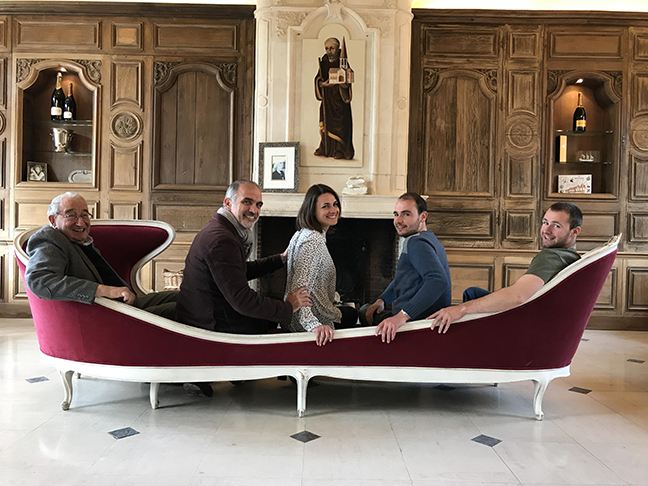
Fast forward to today and still-active nonagenarian Andre Drappier works alongside his son Michel, a man who holds multiple university degrees, plus all three grandkids are actively collaborating to maintain the family’s preeminence in Aube. The Drappiers make wines of opulence and grace from their 50-hectare estate. Often they are the first in Aube to do something – Andre Drappier made the first Blanc de Noir, Michel the first Brut Zero, together they were the first and still the only producers to craft Champagnes in multiple large sizes all the way up to 40-liter bottles. These large formats are not made via any transfer method but rather as a result of secondary fermentation in each final bottle. No one else in Champagne does that.
The estate’s Kimmeridgian terroir imparts an elegance and a tone of mineralogy to Drappier’s Champagnes. A slightly lower than average dosage of 7-7.5% emphasizes the terroir driven nature of these wines. This is a characteristic carefully preserved over time spent aging underground in cool caves. Another key style-point of Drappier Champagnes is their much lower than conventional use of sulfur. Michel Drappier’s own severe sensitivity to sulfur has led to a regimen that disallows all but the lowest possible application. In some ways this attribute boosts the essential fruit and terroir flavors. The Drappier clan may be hardwired for perpetual forward motion but at the end of the day they make cerebral Champagnes that leave a lasting impression.
Circling back to where this started, we’re not saying distributors should lose Champagne brands so they are forced to find new ones. But I am saying look how well this worked out. No more one trick pony business for us. Consider how four carefully chosen houses each with its own vision and “house style” can provide a complete menu of Champagne experiences. Life is not one dimensional and Champagne shouldn’t be either. We need and deserve diversity.
Wrapping up, some holiday parties call for “joie de vive.” Jacquart Champagnes are great for that (the symbols is on every bottle). Lanson Champagnes do two good things very well. They head straight for the penthouse when it’s party time and when it’s not they make it seem like it is. Paillard and Drappier are both brainiacs. They inspire, uplift and surprise in different ways with stimulating fresh new flavors. It’s a great quartet to work and play with. Nothing is missing just like the four strong winds that blow mighty.
Check it out and maybe make those holidays just a little happier! Cheers.

DRAPPIER CARTE D’OR
“This balanced version is firm and lightly toasty, with a tightly knit mix of ripe plum, blanched almond and orange liqueur flavors. Ample ground spice and pink grapefruit zest notes show on the vivacious finish.” 91pts Wine Spectator

DRAPPIER BLANC DE BLANCS SIGNATURE
“Dried white flowers and white peach fruits with hints of lemon. Smells extremely fresh and lively. The palate has an attractive, fleshy and tangy texture. Flavors follow aromas in the stone fruit zone. Grilled nuts to close.” 92pts James Suckling

DRAPPIER CHARLES DE GAULLE
“Firm and well-structured, this elegant Champagne features a fine and lacy mousse that imparts a sense of finesse, carrying a subtle mix of cassis, toast, candied kumquat and espresso notes. Delivers a lingering, spiced finish.” 91pts Wine Spectator